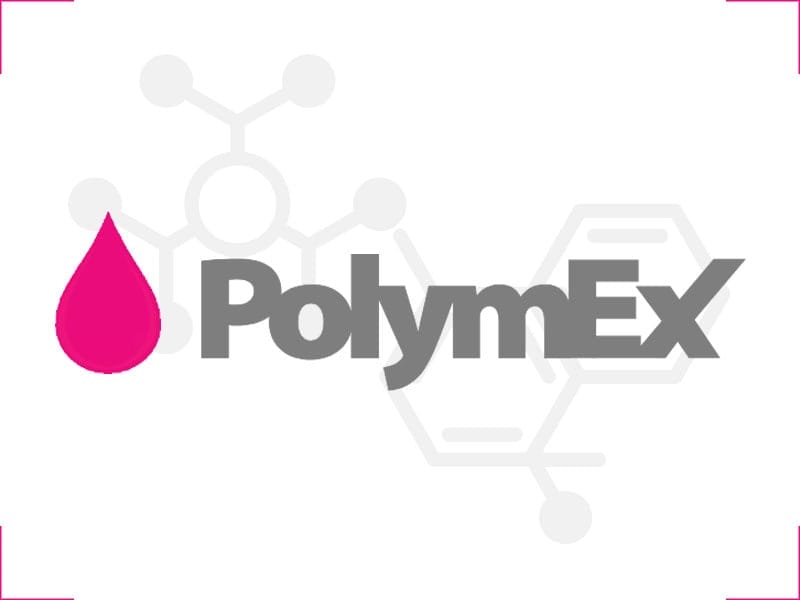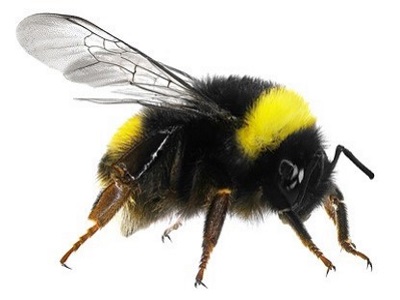Here is an example of a quantitative determination of 16 polynuclear aromatic hydrocarbons (PAHs) in sludge according to the list of priority pollutants established by the Environmental Protection Agency (United States) (Environmental Protection Agency (EPA), 1982].
These so-called priority PAHs are assayed by gas chromatography coupled with detection by mass spectrometry (GC / MS).
A preparation of the solid / liquid extraction type allows the extraction of these molecules from the solid phase or they are found towards the liquid extraction phase. Purification with recovery control via internal standards makes it possible to purify the extract to obtain a liquid compatible with the analysis.
The external calibration carried out allows the quantification of tenths of µg of PAH, ie a detection limit of the order of ppb.
List of targeted compounds = 16 priority PAHs: Naphtalene [91-20-3] - Acenaphthylene [208-96-8] - Acenaphthene [83-32-9] - Fluorene [86-73-7] - Phenanthrene [85-01 -8] - Anthracene [120-12-7] - Fluoranthene [206-44-0] - Pyrene [129-00-0] - Benzo (a) Anthracene [56-55-3] - Chrysene [218-01- 9] - Benzo (b) Fluoranthene [205-99-2] - Benzo (k) Fluoranthene [207-08-9] - Benzo (a) Pyrene [50-32-8] - Benzo (ghi) Perylene [191- 24-2] - Indeno [123cd] Pyrene [193-39-5] - Dibenz (a, h) Anthracene [53-70-3].

 EN
EN
 FR
FR




